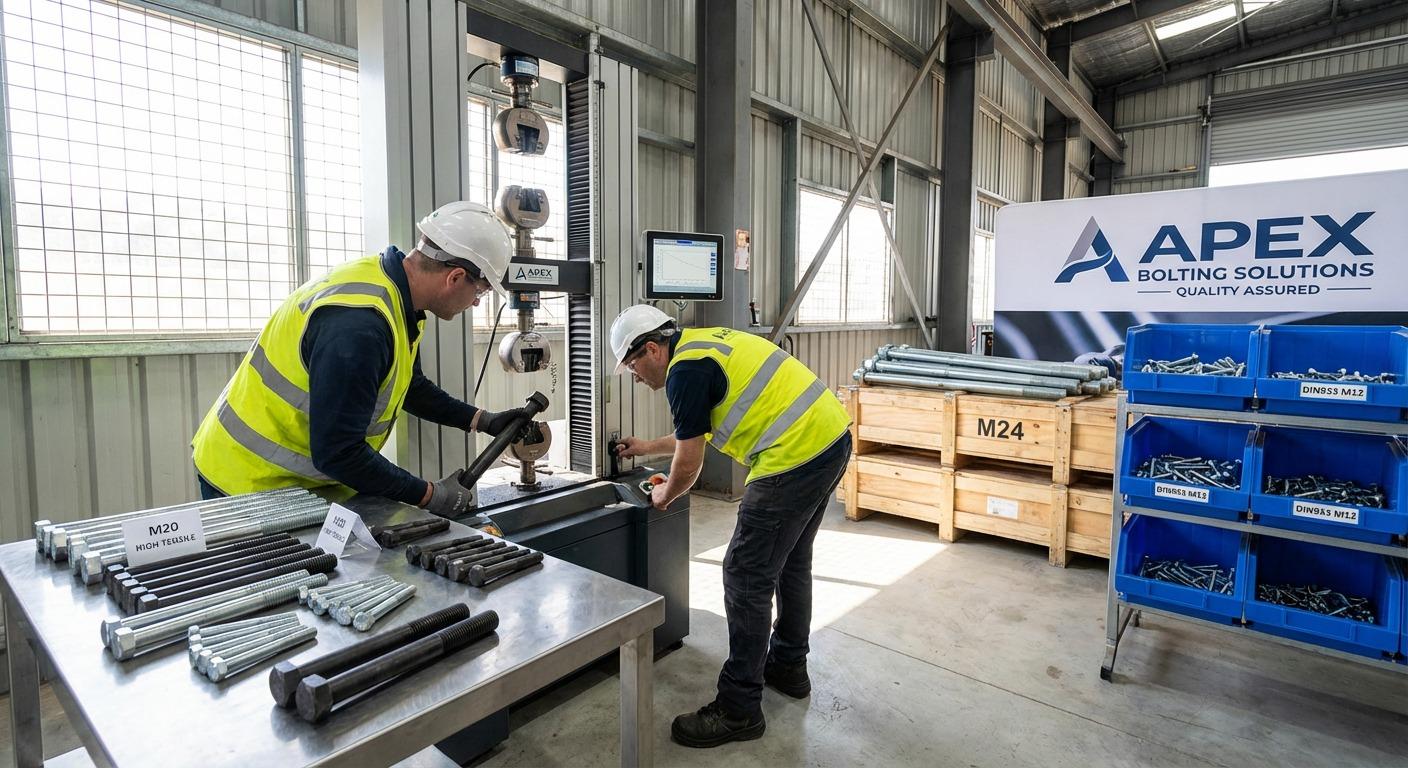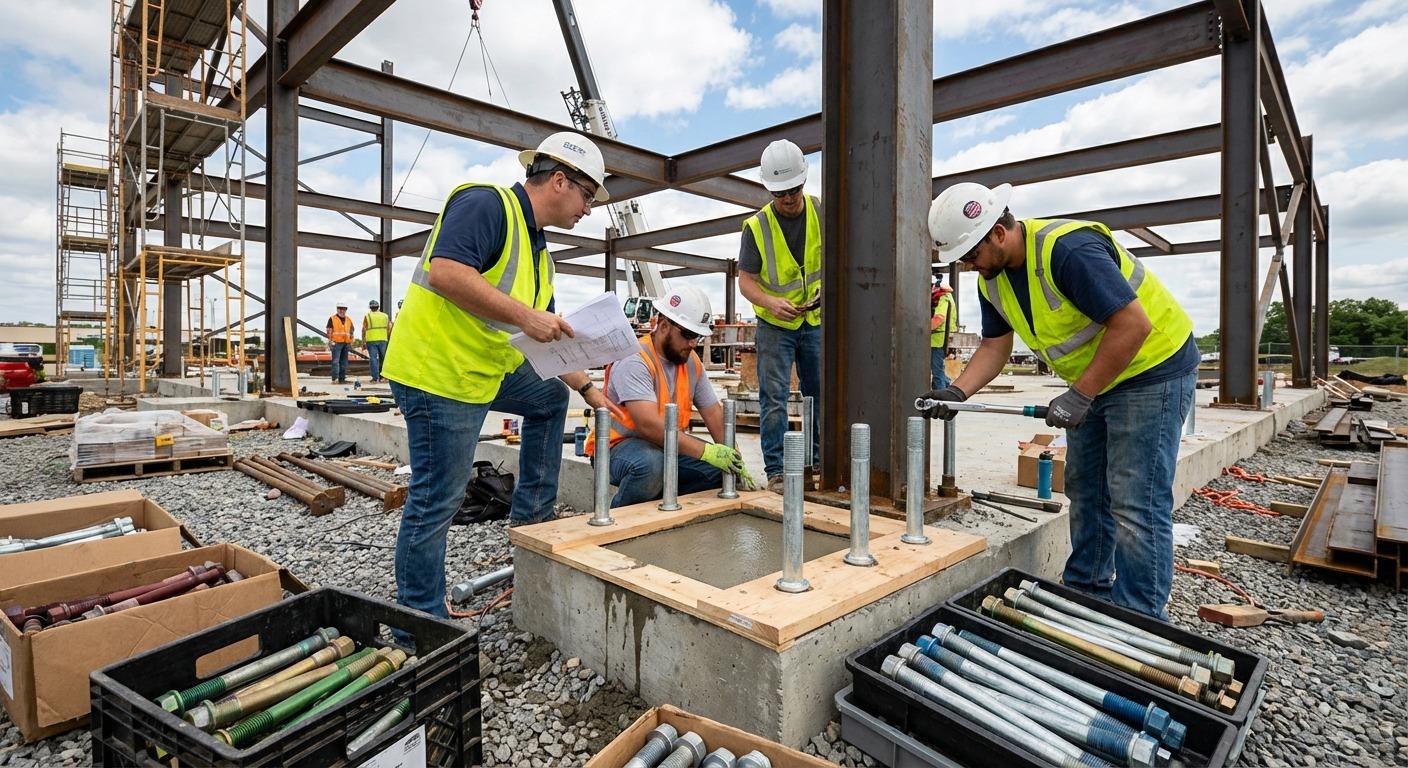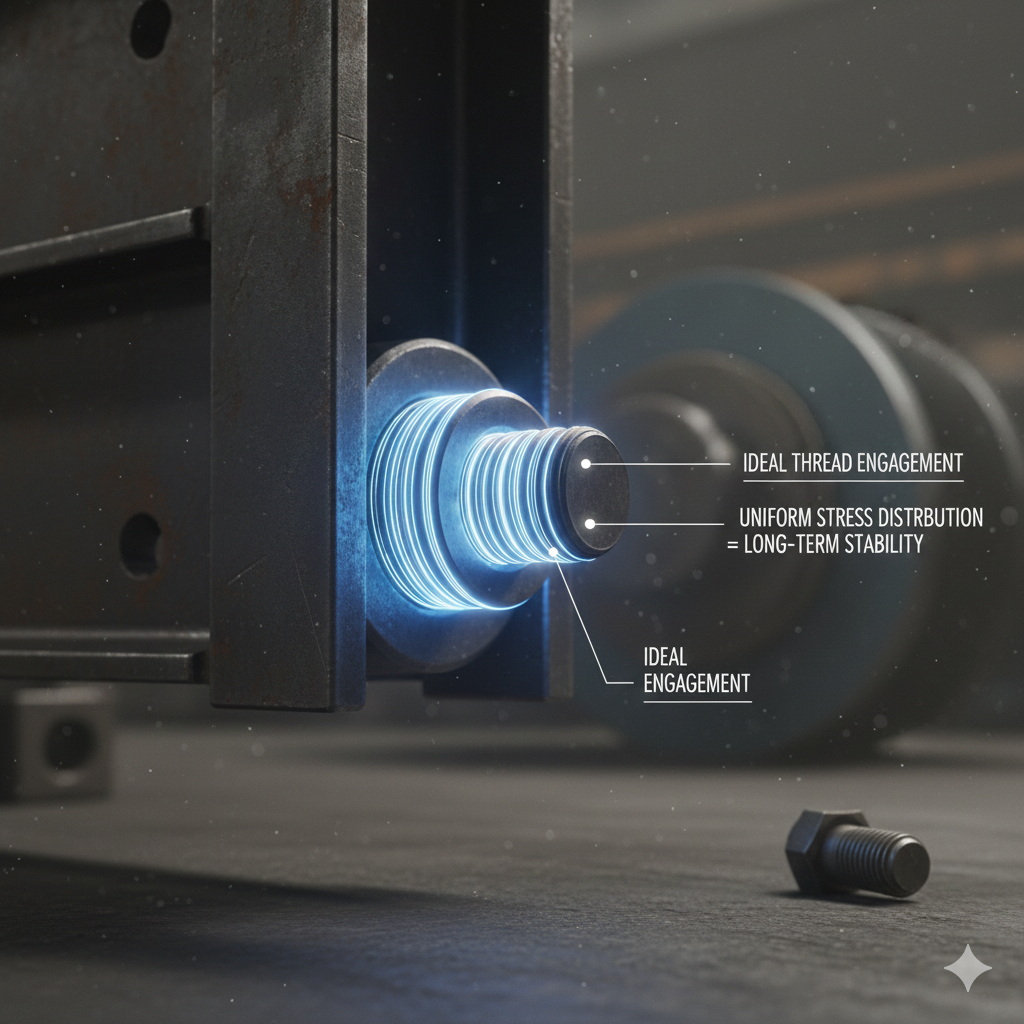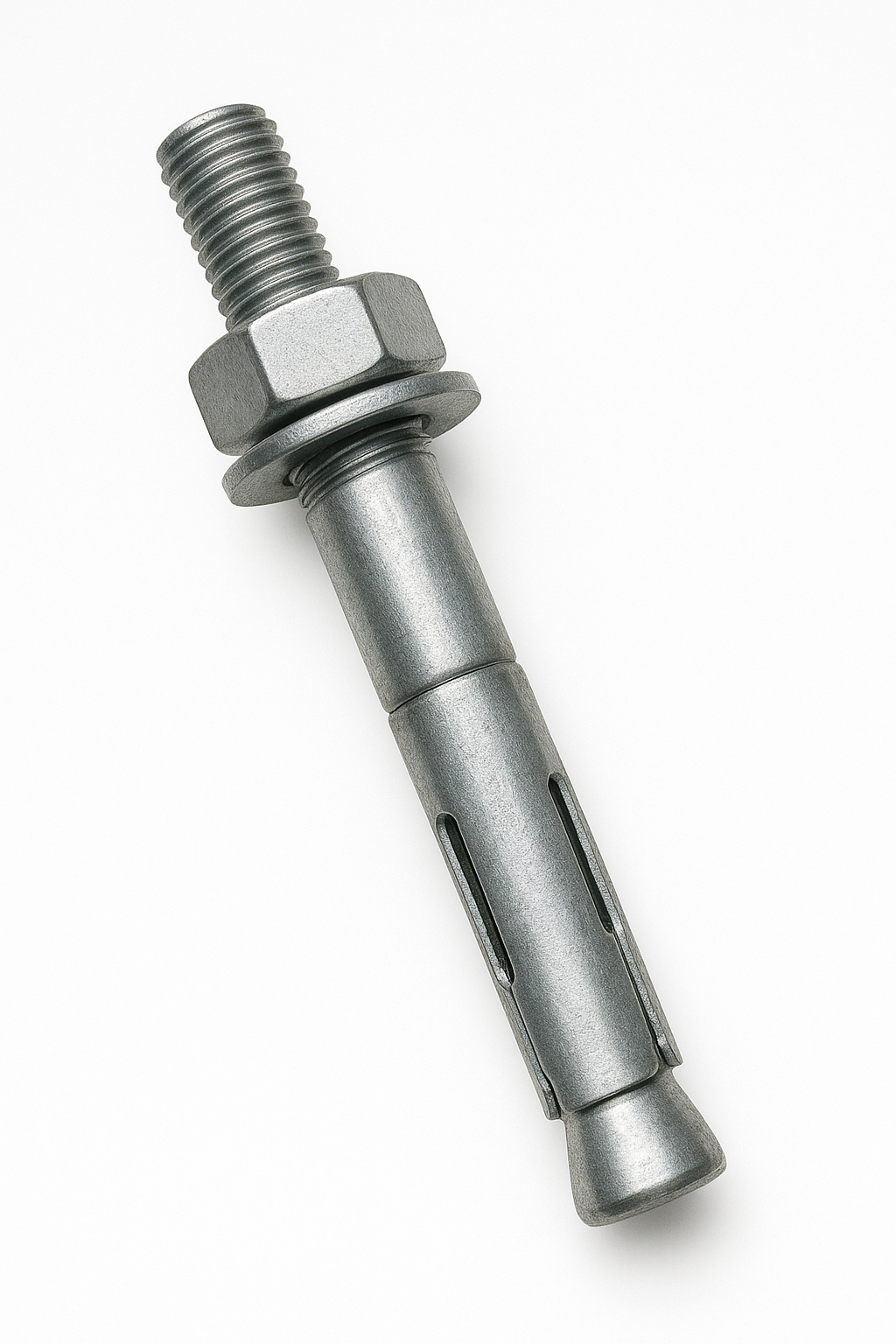Understanding Shortwave Tail Anchor
Short wave tail anchors are an important part of the construction and prefabricating industries. This specialized anchor is designed to provide secure fixation in concrete applications, thus providing strength and durability. What anchors the short wave tail is its unique wave design that ensures enhanced grip and stability even under heavy loads. Whether you are working on a small-scale project or a larger prefabricated application, this anchor can be a reliable solution for your needs.
Shorter and long wavy tail anchor
DistinguishShort wave tail anchorFrom its counterpart, the long wave tail anchor. Although both have similar purposes, the main difference is their size and intended application. This Long-wavy tail anchors are often used for heavy-duty projects that require deeper embedding, while short-wave tail anchors are ideal for lighter applications or scenarios with space limitations. Selecting the right anchor ensures optimal performance and support based on your project requirements.
Application in prefabricated accessories
Short wave tail anchors play a crucial role in the field of prefabricated accessories. These anchors are often integrated into precast concrete elements such as beams, panels and columns. Their wave design ensures a safe integration with concrete, thereby enhancing structural integrity. In addition to their functional benefits, they contribute to faster installation processes, making them a popular choice for contractors seeking efficiency without sacrificing quality. As prefabricated accessories continue to evolve, short wave tail anchors remain a key component to delivering the best results.
Main benefits of short wave tail anchor
There are several advantages of using short-wave tail anchors in construction projects. First, their compact design makes them ideal for limited space applications. Second, the wavy shape enhances friction through concrete, reducing the possibility of displacement over time. Third, they are easy to install, simplifying the construction process while ensuring safe accessories. These factors make short-wave tail anchors not only practical, but also reliable.
Conclusion
Whether you are using precast concrete or dealing with other types of construction projects, short-wave tail anchors provide an excellent solution for stability and efficiency. Their unique design makes them different from other anchors, ensuring optimal performance and meeting a variety of structural needs. Furthermore, their role in prefabricated accessories emphasizes their importance in modern architectural practice. By incorporating the right anchor into your project, you can achieve lasting results that stand the test of time.







